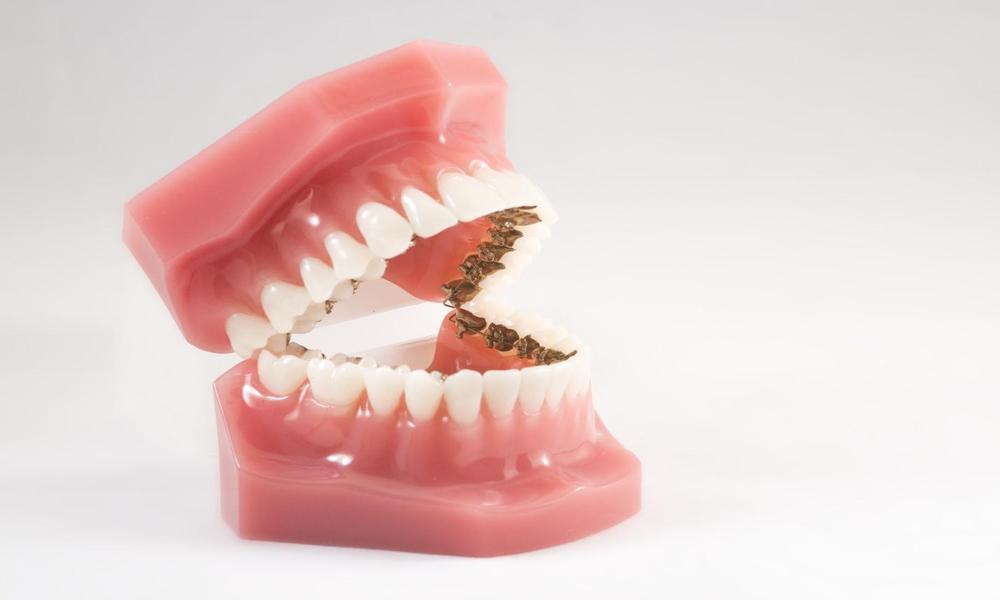Peripheral arterial disease (PAD) is a prevalent but often unnoticed disorder. A deposit of fatty plaques (atheroma) in the arteries reduces blood supply to the lower body. Walking causes painful cramping in the legs, the most prevalent sign of PAD. Up to two-thirds of people with PAD have no symptoms at all. However, some symptoms may indicate that the blood flow to your legs has become significantly restricted, in which case you should see Dr. Nirav Patel immediately.
Symptoms
A cramp in your leg muscles when walking may be one of the early indications of peripheral arterial disease. Cramps are most typically seen in the calf muscle, but they can also occur in the thigh or buttock muscles. These symptoms are known as intermittent claudication. In some instances, the condition advances to the point where the volume of blood that can go down the leg is insufficient to deliver nutrition and oxygen to the foot. In such circumstances, the individual would have discomfort in their feet even while not moving. This discomfort is referred to as rest pain, a sign of critical limb ischemia. The epidermis cannot operate correctly and can break down into an ulcer if nutrients and oxygen are not delivered to the foot. If a person experiences rest pain or skin disintegration, they may need to amputate their leg.
Tests to determine if you have peripheral arterial disease
Treadmill Exercise Test: The ankle-brachial pressure index is used with a treadmill test in this test. The ABPI is conducted before and after a treadmill walk. If you have atherosclerosis in your leg arteries, the blood pressure in your legs is typically lower after exercise. The treadmill test is an excellent test for confirming a report of peripheral arterial disease.
Ankle Brachial Pressure Index (ABPI): This is a method of determining blood supply to your feet by comparing your blood pressure in both arms. If you have atherosclerosis in your leg arteries, the blood pressure in your feet is probably lower.
Duplex Ultrasound: A non-invasive inquiry that employs a probe and jelly on the skin to examine the leg and provide an image of the structure of your arteries. Duplex ultrasounds will reveal atherosclerosis in the arteries, which creates a narrowing or blockage.
Surgery
For PAD, there are two basic methods of surgical treatment:
- Bypass graft
A bypass graft is performed under general anesthesia, which means you will be unconscious during the procedure and feel no pain. The surgeon will remove a tiny portion of a healthy vein in your leg during surgery. The healthy vein is then grafted (attached) to the blocked vein, allowing the blood supply to be diverted or bypassed through the healthy vein. Your doctor can sometimes utilize a length of artificial tubing instead of a grafted vein.
- Angioplasty
An angioplasty is performed under a local anesthetic. The surgeon will implant a thin hollow tube called a catheter into one of your groin arteries. The catheter is directed to the blockage, and a balloon is linked to the catheter’s tip. Once the catheter has been positioned, the balloon is inflated to help expand the vessel. A hollow metal tube called a stent may be left in place to keep the artery open.
As dangerous as PAD is, most people have never heard of it and are unaware of how critical it is to seek treatment if you have it. Visit Premier Vascular or book an appointment online to learn more about the signs, symptoms, and treatment options.



